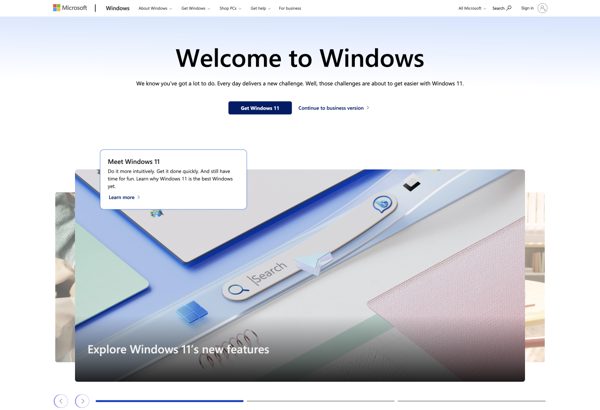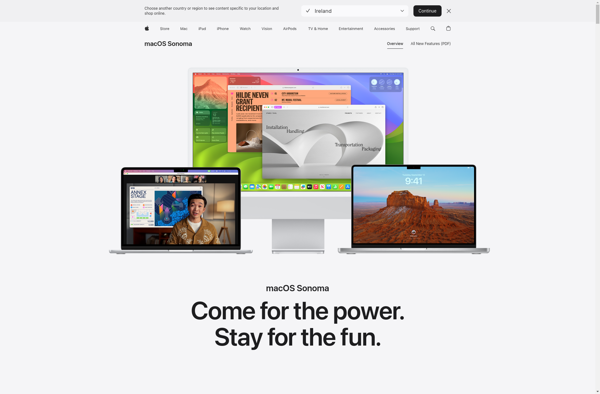CRUX Linux

CRUX Linux: Lightweight, Independent Linux Distribution
CRUX Linux is a lightweight, independent Linux distribution optimized for experienced Linux users. It uses the KISS principle (Keep It Simple, Stupid) favoring simplicity, minimalism and code cleanliness over ease-of-use.
What is CRUX Linux?
CRUX Linux is a lightweight, independent Linux distribution that focuses on keeping things simple for experienced Linux users. It adheres to the KISS (Keep It Simple, Stupid) principle, emphasizing minimalism, flexibility and clean code over user-friendliness and ease of use.
Some key features of CRUX Linux include:
- Uses BSD-style init system and includes only the bare minimum components needed to boot into a usable base system
- Uses a rolling release model with continuous updates. No major version numbers or planned release schedules
- Supports native 64-bit architecture and includes optimizations for modern hardware
- Package manager ports system inspired by BSD ports. Build software from source code rather than binary packages
- Favoring the KISS philosophy, CRUX comes without a graphical installer, system GUI or automatic hardware detection. The user has full control over the system
CRUX appeals to knowledgeable and technically-inclined Linux users who value minimalism and want full control over their system. The DIY approach and rolling release model keeps the system clean and optimized. Lack of install wizards or automated tools requires comfort with the Linux command line and learning the CRUX way of doing things.
CRUX Linux Features
Features
- Lightweight Linux distribution
- Uses Openbox window manager
- Targets experienced Linux users
- Uses KISS principle - simplicity and minimalism
- Rolling release model with latest stable packages
- DIY approach allows customization
- Supports multiple architectures
Pricing
- Open Source
Pros
Cons
Official Links
Reviews & Ratings
Login to ReviewThe Best CRUX Linux Alternatives
Top Os & Utilities and Linux Distributions and other similar apps like CRUX Linux
Here are some alternatives to CRUX Linux:
Suggest an alternative ❐Windows 10

Ubuntu

MacOS

Linux Mint

Windows 7

Arch Linux

Elementary OS

Debian

Fedora

Manjaro Linux

OpenSUSE

Linux From Scratch

NetBSD

DragonFly BSD
